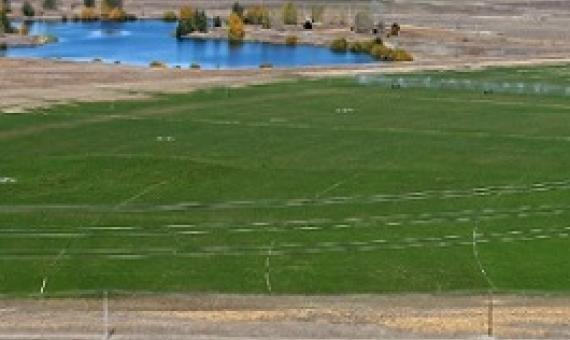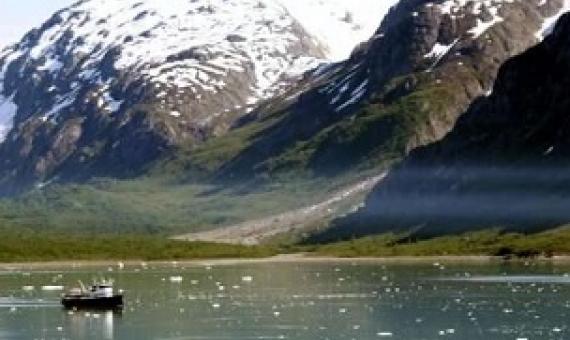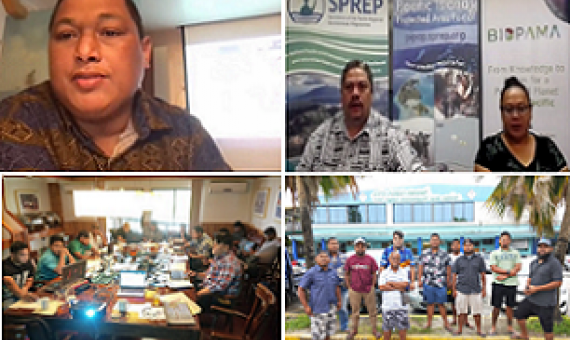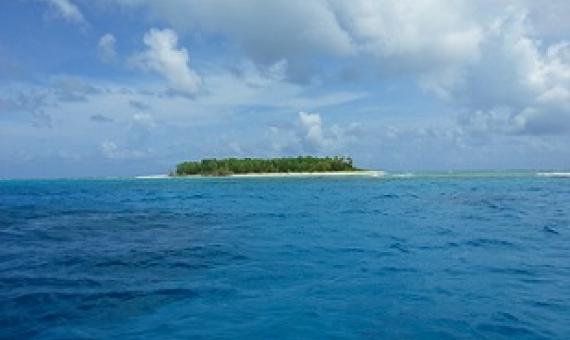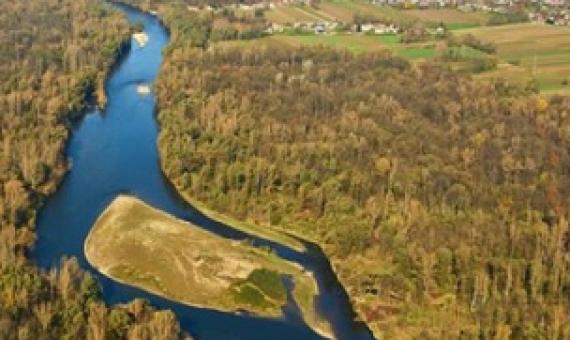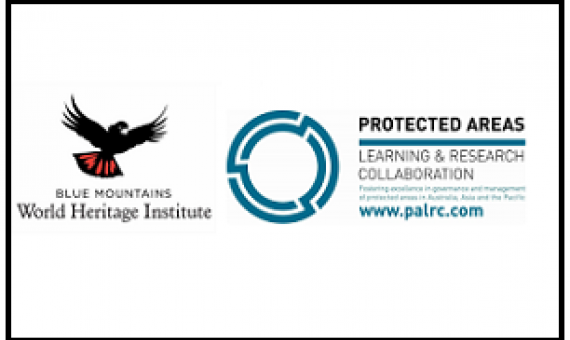Protected areas are now the last strongholds for many imperiled mammal species
The global network of terrestrial protected areas (PAs) has experienced a fourfold expansion since the 1970s. Yet, there is increasing debate around the role of the global PA estate in covering and sustaining threatened species, with serious ramifications for current PA financing and the setting of post-2020 global conservation targets.

